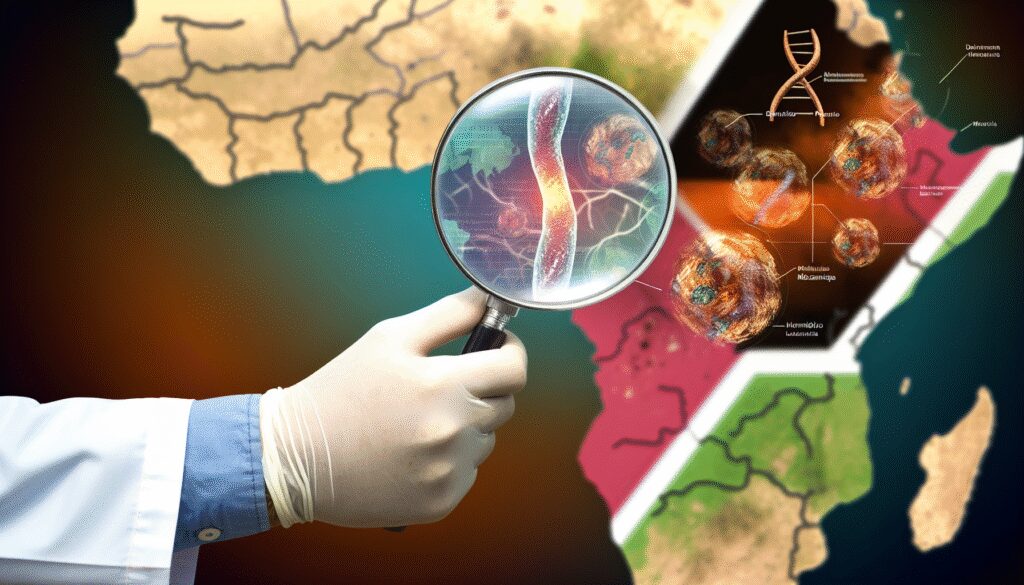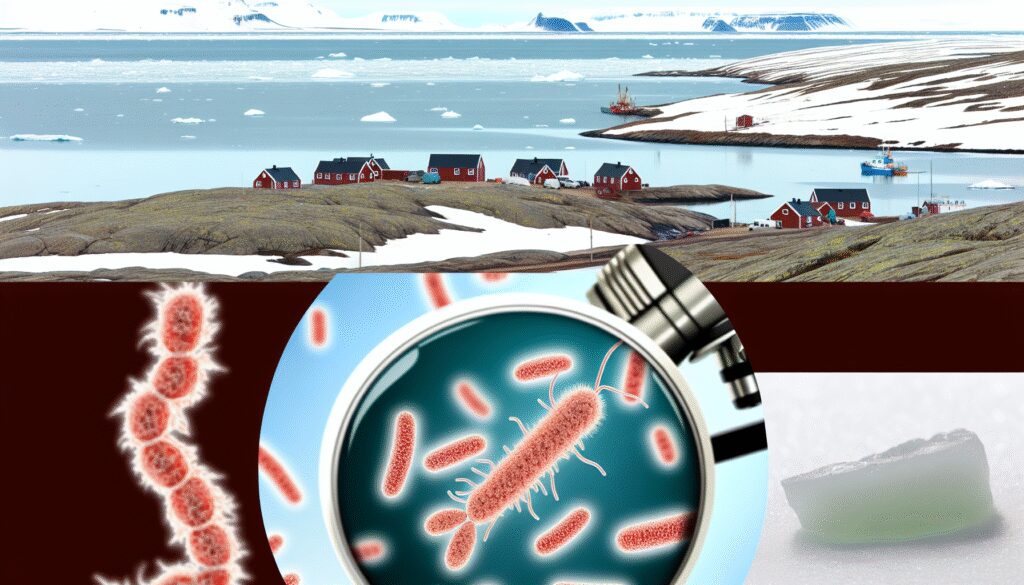Erdheim-Chester Disease in Mozambique: Challenges in Diagnosis and Treatment Access

Erdheim-Chester Disease (ECD), a rare histiocytosis, poses significant challenges in Mozambique due to limited healthcare resources, lack of diagnostic tools, and restricted access to targeted therapies. This article examines barriers to diagnosis and treatment, systemic issues, and recommends international collaboration and local capacity building to address health inequities.
Whipple’s Disease in Greenland: Challenges in Diagnosis and Treatment in a Remote Arctic Region

Whipple’s Disease, a rare infectious condition caused by *Tropheryma whipplei*, poses unique challenges in Greenland due to geographical isolation and limited healthcare resources. This article examines barriers to diagnosis and treatment, explores potential autoimmune links, and recommends strategies like telehealth and enhanced diagnostics for managing rare diseases in remote Arctic regions.
Unraveling Erdheim-Chester Disease: Insights and Challenges in the Faroe Islands

This article examines Erdheim-Chester Disease (ECD), a rare histiocytic disorder, focusing on its challenges in the Faroe Islands. It explores ECD’s epidemiology, genetic and environmental factors, and the unique diagnostic and therapeutic hurdles in isolated regions, advocating for tailored healthcare approaches and international collaboration.
Acute Intermittent Porphyria in Bhutan: Challenges and Opportunities for Diagnosis and Management in a Remote Himalayan Setting

Acute Intermittent Porphyria (AIP) is a rare metabolic disorder causing life-threatening attacks due to heme biosynthesis defects. In Bhutan, limited healthcare, geographic isolation, and lack of diagnostics hinder AIP management. This article explores challenges, reviews global literature, and recommends telemedicine, training, and regional collaboration for improvement.
Unraveling Spinocerebellar Ataxia Type 3 in Greenland: Genetic Insights and Community Impact

This article examines Spinocerebellar Ataxia Type 3 (SCA3) in Greenland, highlighting the genetic prevalence of the ATXN3 mutation and potential founder effects in the Inuit population. It addresses socio-cultural challenges, limited healthcare access, and proposes culturally sensitive public health interventions and genetic counseling for affected communities.
